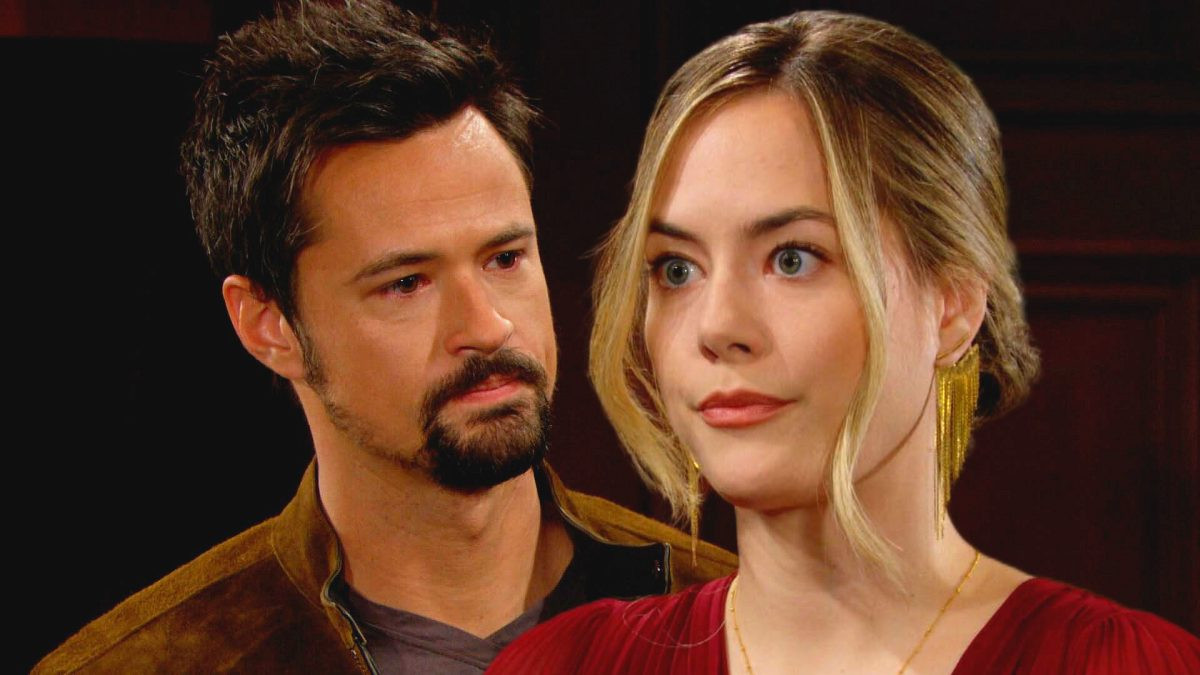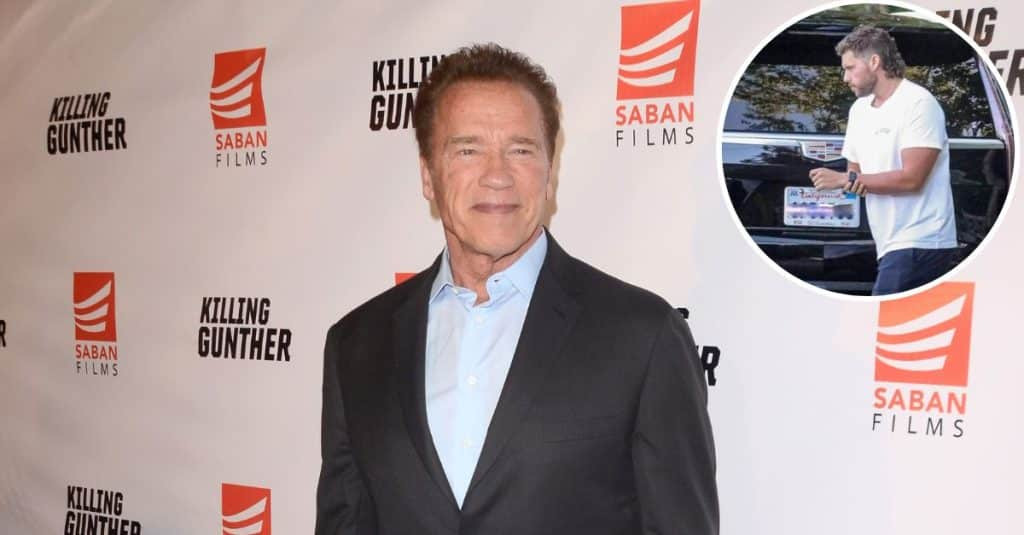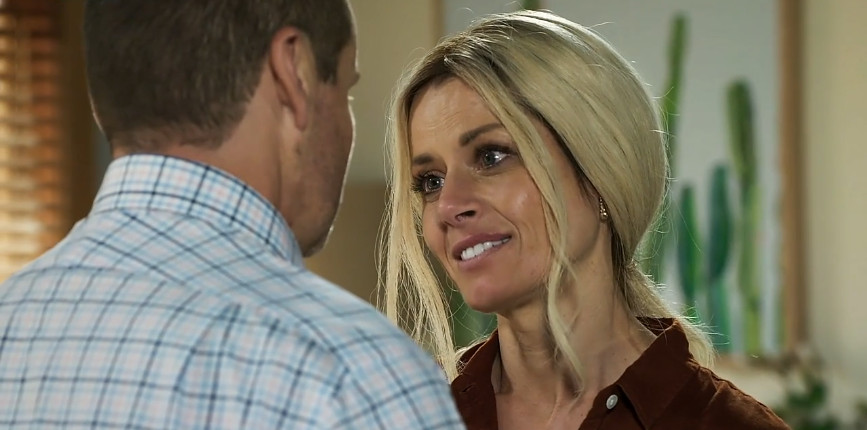Kylie Minogue is sometimes overlooked when sizing up the Australian pop icon's discography. But her fifth studio record, which was released on Sept. 19, 1994, remains a transformative and daring entry that jumpstarted a new phase of Minogue’s career.
Minogue’s self-titled album sought to relaunch her as an elevated and experimental artist. Gone was her “girl next door” image; Kylie Minogue showcased the singer/musician challenging herself creatively and complicating her public presentation. Decades on, the hypnotic resonance of “Confide in Me” and the sensual excess of “Put Yourself in My Place” remain a powerful contrast to the sugary music of her early career.
Kylie Minogue was still a deliberate and memorable moment in which the singer took complete charge of her creative direction. In 1992, and after four albums and a greatest hits record, Minogue dramatically parted ways with Pete Waterman Entertainment (PWL) and signed on with independent music company, Deconstruction. “I was aware that it was being perceived as a bit of a radical move, which I loved,” Minogue previously told The Guardian. Deconstruction was an indie outlet known for producing electronic and house records, a genre Minogue would soon embrace herself with Kylie Mingoue.
The gamble going rogue and wrestling artistic control back would quickly pay off. Where 1991's Let's Get to It stalled at No. 15 on UK charts, Kylie Minogue scaled the UK and Australian charts to No. 4 and No. 3 respectively, going gold in both regions and impressing music critics. One critic wrote: “So here it is, the one that's supposed to transform Kylie once and for all from pop kitten to credible artiste. This Herculean goal has actually been realized with a great deal of aplomb … it will come as no less than a revelation.” Another gave this glowing assessment: “Kylie's self-titled new release is by far the best thing she has ever done.”
The self-titled instalment stands as a blueprint for how Minogue would experiment with her aesthetic, artistic and musical approaches for the rest of her career. Kylie Minogue was also the beginning of a career-long flirtation with electronic and house genres — continued on her next album, Impossible Princess, to her latest, Tension — while taking innovative and ambitious artistic leaps with her image as a musician.
Adding “Minogue” to the album’s name (in a nod to her first album, Kylie) may have been a small gesture but belied a major public statement: gone was the ingenuous young woman, now beckoned the inventive and independent pop star ready to surprise us all.
In honor of Kylie Minogue’s 30th anniversary, here's a look at how the singer radically broke with her past image, wielded full creative control over her music and silenced skeptics by proving she could actually sing.
Kylie Minogue began her career as a manufactured teen star. From her launch on the Australia soap opera “Neighbours” to her first hit, “I Should Be So Lucky” and first two albums, Kylie and Enjoy Yourself, Minogue was known for catchy bubblegum pop. But within a few years, her music became formulaic releases pumped out by British production house PWL (aptly known as “The Hit Factory”). Her 1990 song “Better the Devil You Know” featured some overt (and controversial) sexuality, though it largely stuck close to her familiar dance-pop format approved by her record label.
By 1994, Minogue “had two choices: to record pop songs that would sell, or to experiment, let me loose in a field and see what happens,” Minogue told Deconstruction. The resulting Kylie Minogue made a statement: Minogue was reclaiming her artistry and pop star profile.
By abandoning PWL and approaching artists like Brothers in Rhythm and M People to help produce her record, Minogue — only about 24 — imbued her self-titled album with more adult imagery and a breadth of genres: dance, deep house, R&B, and even acid jazz.
This newfound freedom is best reflected on “Confide in Me,” one of Minogue’s most unique releases thanks to its hookiness, orchestral excess and seductive lyrics musing on love and fame. The song offered an enticing blend of Middle Eastern strings and slower trip-hop beats for an intimate, if not unfamiliar, listening experience. Minogue would continue to showcase herself as a cool, confident and sexualized woman for the remainder of her career.
“Padam Padam” might have been the standout smash hit from 2023’s Tension, but the album also has several strong electronic and house tracks. Minogue's interest in those genres traces back over 30 years, and her experiments with dance music are deeply connected to Kylie Minogue. Her new label, Deconstruction, was known for its house anthems (like “Rhythm Is a Mystery” by K-Klass) while producers Brothers in Rhythm helped galvanize her predilection for the genre. The British electronic trio were making waves on the UK club scene, and pushed Minogue deeper into this space.
Kylie Minogue saw the singer step away from the frothy disco and pop work she had built her career on, and commit more fully to the sonic pleasures of the club scene. Album tracks “Where Has the Love Gone” and “Time Will Pass You By” are playful and uplifting, emblematic of the playfully upbeat house and feel-good messages that would characterize Minogue’s later output.
The breathy and erotic “Where is the Feeling” was recorded twice. The album version embraced the tenets of “handbag house” with its uplifting chord progressions, disco sound and Minogue's soaring and soulful voice. The single version, by contrast, had a psychedelic trip-hop and ambient sound with demonstrated vulnerability. (Minogue later released an extended cut with confessional lyrics: “So why do I still feel this way?/ Detached and vulnerable/ The world on my shoulders/ Left alone to face the unknown.”)
The album also let Minogue nod to the classic house music format of 12-inch singles. Songs like “Where Has the Love Gone” and “Falling” each ran close to seven minutes a piece, offering extended dance floor pleasures. Minogue has since continued this approach of longer dance-floor releases with extended cuts of Disco and Extension (The Extended Mixes) for Tension.
Further establishing her as a leading figure in the electronic/dance music world, Minogue would go on to win the inaugural GRAMMY Award for Best Pop Dance Recording for “Padam Padam” at the 2024 GRAMMYs.
Minogue was sometimes criticized for having tinny vocals and a weak range, but Kylie Minogue allowed the singer to flaunt her vocal prowess away from the strictures of the Hit Factory. “[H]er voice has been coaxed from a squeak to a more resonant entity,” The Guardian’s music critic wrote.
Kylie Minogue proved to be her most vocally accomplished exercise, and a far cry from her earlier teeny-bopper output. “It was the first time I had sung like that,” Minogue told the Guardian of tracks like “Confide in Me.” Not only could Minogue hold a note, but she indulged in diverse vocal effects.
Case in point: the uptempo ballad “Put Yourself in My Place.” Minogue's vocal maturity and strength are on display as she sings about suffering through a one-sided split. Minogue's emotive vocals show mastery of the elusive pop ballad, while the song's soft and seductive melody embody the pains of a failed romance.
“Automatic Love” is also a vocal triumph. A smooth and sensuous ballad, the song features a cascading sonic arc that ends with Minogue showcasing her chops with a theatrical high note.
Much like today, a global view of music and a desire to evolve was necessary to navigate the changing tastes and interests of the mid-'90s. With a coterie of edgy producers, Minogue played with unexpected genres and harmonies — like Middle Eastern instrumentation, new jack swing, R&B and even ambient sounds.
“If I Was Your Lover” may be a polarizing entry into the Minogue songbook, but it still highlights an ambition to take on the mammoth genre of R&B and the United States charts — a long allusive market for Minogue. Its rhythmic and percussive energy channels Janet Jackson, while a spoken word section (à la Madonna’s “Justify My Love”) spotlights a remarkably different but developed voice for the singer.Minogue took vocal risks on the record as well. The album captures a wide range of notes alongside whispers, murmurs and even sighs, framing Minogue as an ingenious vocalist who was broadening her sonic offerings. The intimacy afforded by these vocal gestures — such as the “s” emphasis in the spoken section of “Confide in Me” evoking a snake’s hiss — charges the songs with an erotic and hypnotic energy. The effect imbues Kylie Minogue with both a baring self-exposure and erotic intensity that listeners hadn't yet experienced previously.
The aesthetics that accompanied Kylie Minogue, from the iconic album cover of a barefoot Minogue crouching in a suit and spectacles, to the visuals of provocative music videos, asserted and affirmed that she was shedding her playful pop princess image and in favor of a refined, urbane and worldly one. From this release onward, Minogue would embrace her own sensuality and own her satisfaction.
Music videos for the album threaded together elevated cinematography and unique art direction, often playing with ideas of impersonality and objectification. “Confide in Me” sees the star as various “dolls” viewers can call up and seek comfort and confidence in — much like a candy machine, love is for sale. “Where Is the Feeling?” is a gritty black-and-white episode that sees Minogue swim seductively around a pool — rubbing her lips, stroking her wet hair, giving lowered gazes to the camera — while unknowingly being pursued by a man. “Put Yourself in My Place” is Barbarella redone, with Minogue taking this iconic objectified woman of pop culture but remaking it as an exposed, naked body on display in outer space.The music video sees Minogue take the Barbarella character and playfully undress in space, a figurative gesture that reminds of her rawest and most baring vocals yet.
Minogue's nuanced understanding of her public image showed that she was a new kind of pop princess: sophisticated and sensual, introspective and detached. Minogue was now comfortable exploring her womanhood and sexuality publicly, and challenging her previously girlish persona.
Much like Madonna, the 1990s saw Minogue increasingly become preoccupied with her status as a pop star, which she mined for artistic experimentation. It’s no surprise, then, that there was an accompanying photobook for Kylie Minogue, which saw the singer stand behind the camera lens and have her beauty and blondeness examined or a camp parody.
The album ultimately represented a moment for her to look from the outside in, and critically examine and challenge the image the singer was projecting publicly. Kylie Minogue stressed to both skeptics and stans that she was now abandoning the naivete of her past career to re-enter the music scene as a creative and elevated artist really to be reckoned with.


















